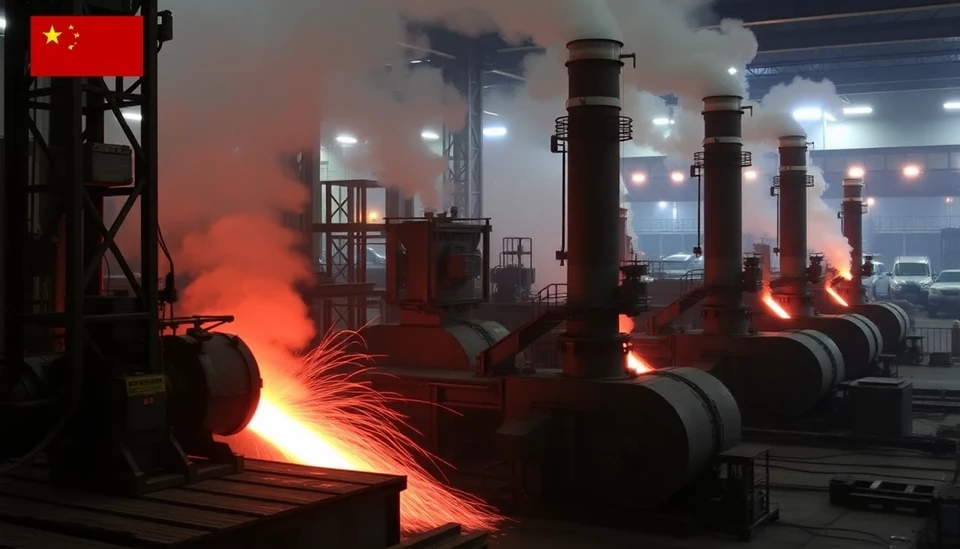
In a striking turn of events, China's steel exports have seen a remarkable surge, reflecting an unexpected windfall for the country amidst global economic shifts. However, experts warn that this trend may not be sustainable in the long term due to a combination of internal and external factors.
As the world grapples with fluctuating demand and rising energy costs, China's steel industry has managed to capitalize on increasing production levels. Reports indicate that Chinese steel exports rose significantly, with various sources citing a resurgence in global demand as one of the driving forces behind this spike. Although this growth appears promising, analysts caution that a handful of decisive factors could derail this growth trajectory.
One of the primary concerns is the potential for heightened competition from other steel-producing nations. Countries like India and Japan are ramping up their production capabilities, which poses a threat to China's market dominance. Additionally, the European Union and the United States are imposing stricter tariffs and regulations aimed at curbing Chinese imports, which could significantly impact the country's future export prospects.
Moreover, domestic challenges provide another layer of complexity. With the Chinese government tightening regulations on energy usage and emissions in a bid to promote sustainability, steel manufacturers may face operational limitations that could hinder production levels. These regulatory changes are part of China's broader strategy to transition to greener energy practices but come at a cost to traditional sectors like steel manufacturing.
Another factor influencing future exports is the current fluctuations in global demand. While there has been a short-term increase in steel requirements owing to infrastructure projects and construction in various nations, the long-term outlook remains uncertain. Economists suggest that as economies stabilize post-pandemic, the frantic pace might slow, leading to reduced needs for imported steel.
In light of these developments, it remains essential for stakeholders within the steel industry to closely monitor international market dynamics and adapt to evolving regulatory frameworks. Analysts recommend that companies seek to innovate and diversify in response to economic changes to mitigate risks associated with over-reliance on exports.
In summary, although China has reaped the benefits of a sharp increase in steel exports recently, pivotal challenges loom on the horizon. Competitors are on the rise, domestic regulations are tightening, and the global demand landscape is shifting. As such, the current surge may very well be a fleeting moment in the broader narrative of China's steel export market.
In the face of these challenges, only time will reveal whether China's steel export boom is a flash in the pan or a sign of a new era for the industry.
#ChinaSteel #SteelExports #GlobalTrade #MarketTrends #EconomicForecast
Author: Samuel Brooks




